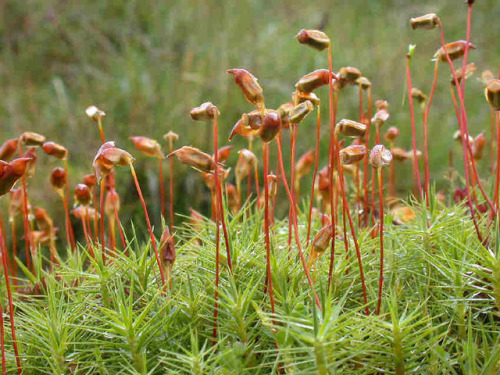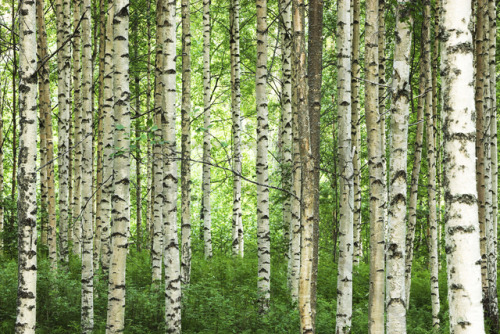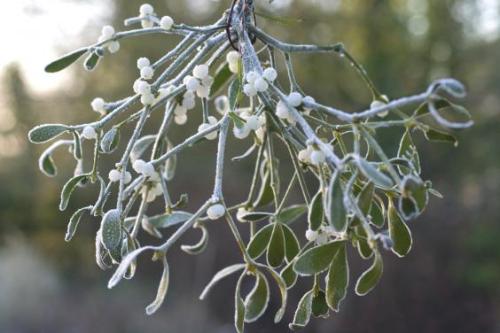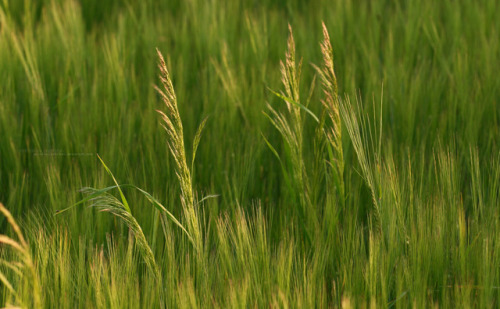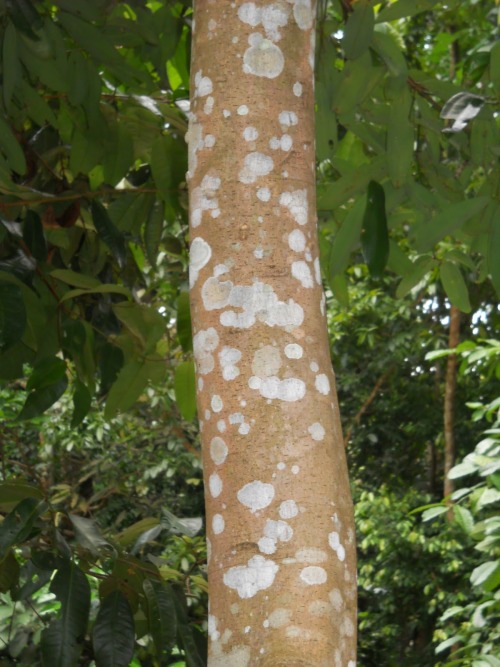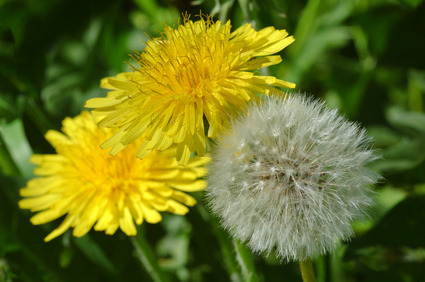high-bi-viking:edderkopper:Loki’s PlantsLoki is associated with a number of different plants in myth
high-bi-viking:edderkopper:Loki’s PlantsLoki is associated with a number of different plants in myths and folklore. Unfortunately, few books on those subjects bother to show what they actually look like! I took the time to put together some photos above.Common Haircap moss, aka “Loke’s Oats” - In parts of Denmark, Loki was said to be “sowing his oats” when extreme summer heat caused things to look distorted and wavy. This was considered to be an act of trolling on his part, since the “oats” he sowed were useless and inedible. (image source)Birch - The Norwegian rule poem states: “Birch has the greenest leaves of any shrub. Loki was fortunate in his deceit.” (image source)Mistletoe - Every creature on earth save the lowly mistletoe pledged not to harm Baldr. Loki disguised himself to uncover this piece of information, then tricked Hodr into slaying Baldr with a piece of the plant. (image source) Bentgrass, aka “Loke’s Grass” - Another type of inedible grass that Loki was presumably sowing instead of something agriculturally beneficial. (image source) Cinnamon - Modern Lokeans very commonly associate their deity with this tastiest of tree bark. However, there’s nothing connecting Loki to cinnamon in the lore. Surprisingly though, the Norse actually would have had access to the spice through trade with the Middle East. (image source) Dandelion - The dandelion was colloquially known as “Loki’s bloom.” This surprises absolutely nobody who has ever had a yard. (image source) For more folklore regarding Loki, see Loke In Younger Tradition by Axel Olrik.@damn-fuck-i-burnt-myself-again -- source link
Tumblr Blog : edderkopper.tumblr.com
#ooh#loki#norse mythology#witchcraft
